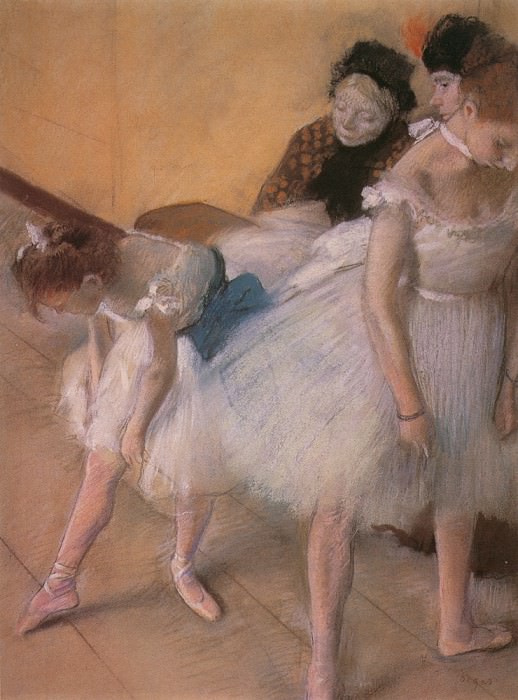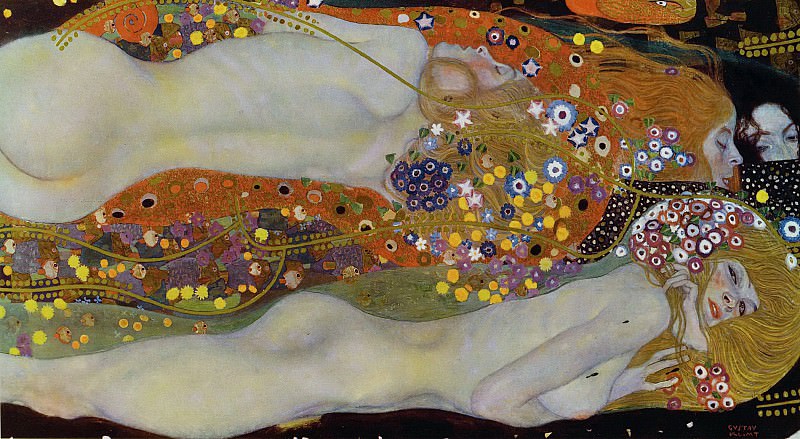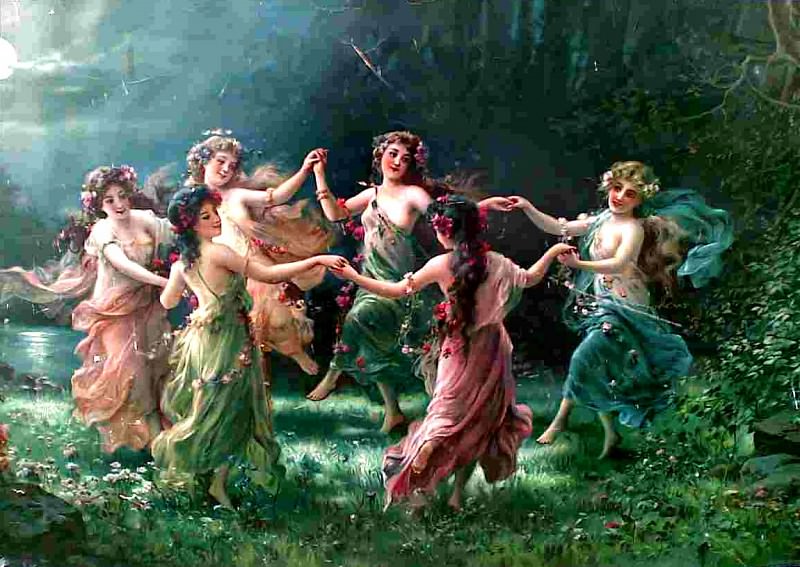The Allure of Collector Art: An In-Depth Exploration
Collector art holds a special place in the world of fine arts, distinguished by its unique blend of aesthetic appeal and investment value. Unlike mainstream art pieces, collector art is often characterized by rarity, historical significance, and the personal tastes of its owners. This type of art goes beyond mere decoration; it represents a deeper connection between the artist, the collector, and the cultural or historical context in which it was created.
Defining Collector Art
At its core, collector art refers to artworks that are acquired not only for their visual appeal but also for their potential to appreciate in value over time. These pieces are often chosen based on their uniqueness, the reputation of the artist, and their historical significance. Collectors are drawn to artworks that have a story, whether it's the artist's background, the context of the creation, or the journey the piece has taken before reaching its current owner. This type of art often includes rare pieces, limited editions, or works by renowned artists that have achieved a certain level of acclaim.
The Evolution of Art Collecting
The practice of art collecting has evolved significantly over the centuries. In the past, art was predominantly collected by royalty and the elite, serving as a symbol of wealth and power. Today, art collecting has become more democratized, with a broader range of individuals participating in the acquisition of valuable artworks. This shift has been facilitated by increased access to information about art, auction houses, and online marketplaces, allowing collectors to pursue their interests more actively and globally.
The Role of Art Collectors
Art collectors play a crucial role in the art world. They not only contribute to the financial support of artists but also help preserve and promote the cultural heritage of various art forms. Collectors often provide artists with opportunities to showcase their work in private collections, exhibitions, and public spaces. This support can be instrumental in an artist's career, helping them gain recognition and achieve their creative goals. Furthermore, collectors themselves become custodians of cultural history, ensuring that significant works are preserved for future generations.
Key Characteristics of Collector Art
Collector art is often distinguished by several key characteristics that set it apart from other types of art. One of the primary features is rarity. Many collector art pieces are one-of-a-kind or part of a limited series, which enhances their value and appeal. Additionally, the provenance of a piece—its history and ownership—can significantly impact its desirability. Artworks with a well-documented history or those that have been associated with notable figures or events are often more sought after by collectors.
Another important aspect of collector art is the reputation of the artist. Works by renowned artists or those who have made a significant impact on the art world are highly valued. This reputation can be built over time through exhibitions, awards, and critical acclaim. Collectors are often drawn to artists who have a strong track record and whose work aligns with their personal tastes and interests.
The Investment Aspect
One of the key motivations for collecting art is the potential for investment. Collector art can be a valuable asset, with the potential to appreciate significantly over time. However, investing in art requires a deep understanding of the market, including factors such as the artist's reputation, market trends, and the artwork's condition. While some collectors purchase art primarily for personal enjoyment, others view it as a strategic investment. The art market can be unpredictable, and the value of a piece can fluctuate based on various factors, including changes in demand and economic conditions.
The Emotional and Cultural Value
Beyond its financial worth, collector art often holds significant emotional and cultural value. For many collectors, acquiring a piece of art is a deeply personal experience. The connection they feel with the artwork, the artist, and the cultural context can be profoundly fulfilling. Collector art can also serve as a reflection of personal identity and values, with each piece representing a unique aspect of the collector's taste and interests.
Furthermore, collector art contributes to the cultural landscape by preserving and promoting artistic traditions and innovations. Collectors often support a diverse range of artists, from emerging talents to established masters, thereby fostering a rich and dynamic art world. This support helps ensure that various artistic movements and styles continue to thrive and evolve.
Challenges and Considerations
Collecting art is not without its challenges. One of the primary considerations is the need for expertise. Successful art collecting requires a thorough understanding of art history, market trends, and the specifics of individual artworks. Collectors often seek the advice of experts, such as art advisors, appraisers, and historians, to make informed decisions.
Another challenge is the maintenance and preservation of artworks. Collector art requires proper care to ensure its longevity and value. This includes appropriate storage conditions, handling, and conservation practices. Additionally, collectors must be aware of legal and ethical considerations, such as provenance and authenticity, to avoid potential issues related to the acquisition and ownership of art.
The Future of Art Collecting
As the art world continues to evolve, so too will the practice of art collecting. Technological advancements, such as digital art and blockchain technology, are reshaping the landscape of art acquisition and ownership. Digital art, in particular, is gaining traction as a new frontier for collectors, offering innovative ways to engage with and invest in art.
The rise of online platforms and virtual galleries is also changing how collectors discover and acquire artworks. These platforms provide access to a global network of artists and collectors, making it easier to explore new and emerging trends in the art world. As a result, the future of art collecting is likely to be characterized by greater diversity, accessibility, and technological integration.
Conclusion
Collector art represents a fascinating intersection of aesthetics, investment, and personal connection. It encompasses a wide range of artworks, each with its own unique story and significance. Collectors play a vital role in the art world, contributing to the preservation and promotion of artistic heritage while also enjoying the personal and financial rewards of their acquisitions.
As the art world continues to evolve, the practice of art collecting will undoubtedly adapt to new trends and technologies. However, the core elements of rarity, reputation, and personal connection will remain central to the allure of collector art. For those who are passionate about art and its many dimensions, collector art offers a rich and rewarding journey that goes beyond mere acquisition to encompass a deeper appreciation of beauty, culture, and history.


